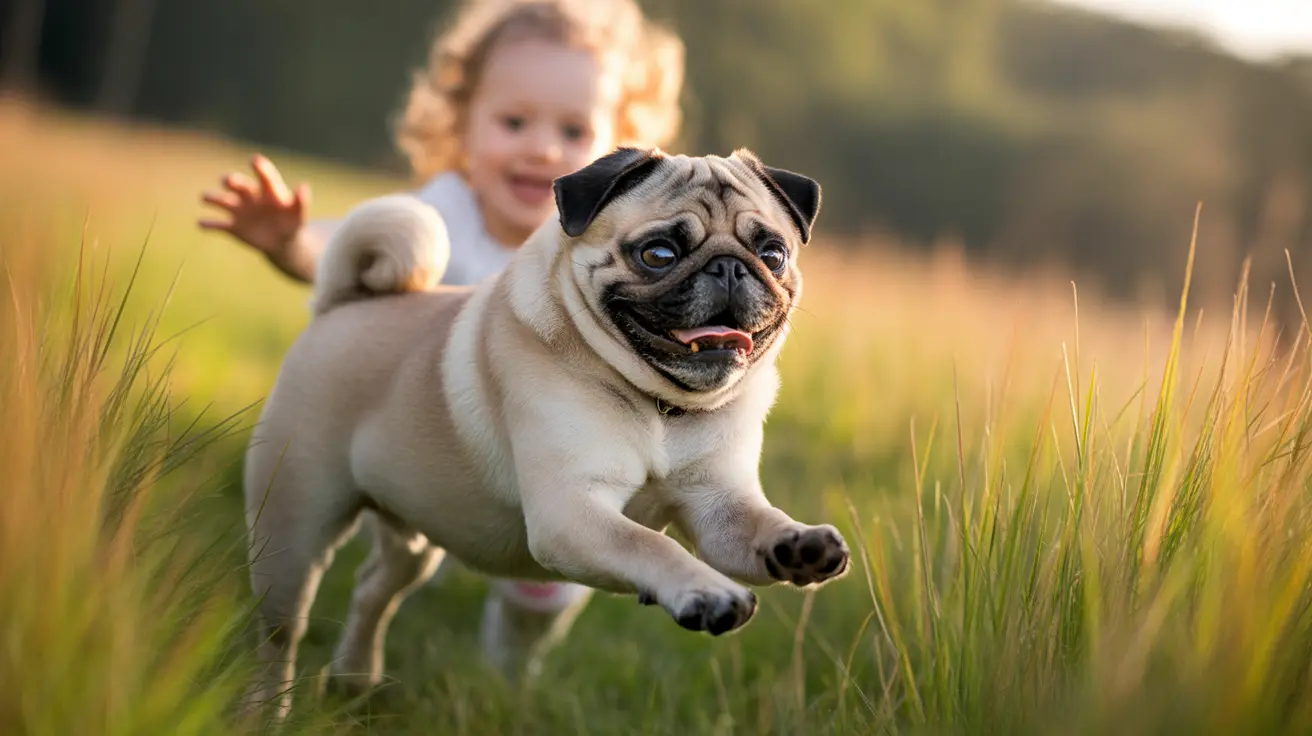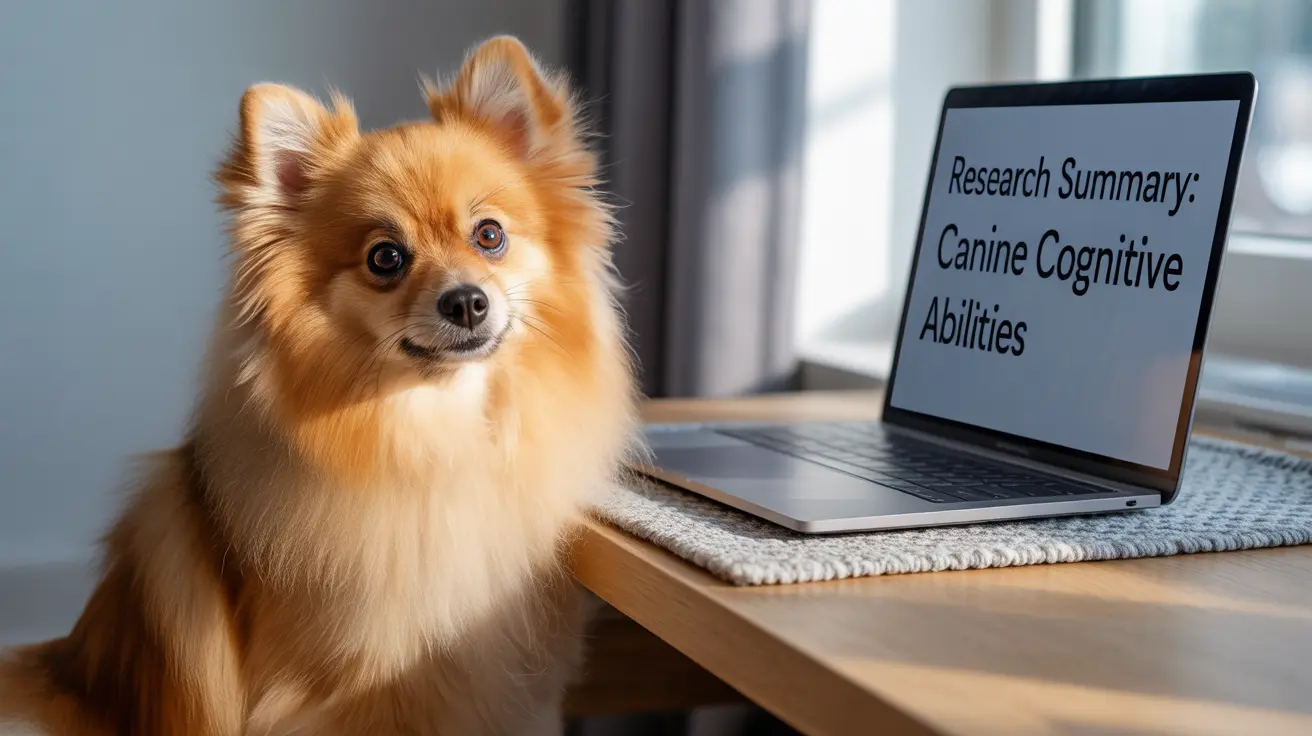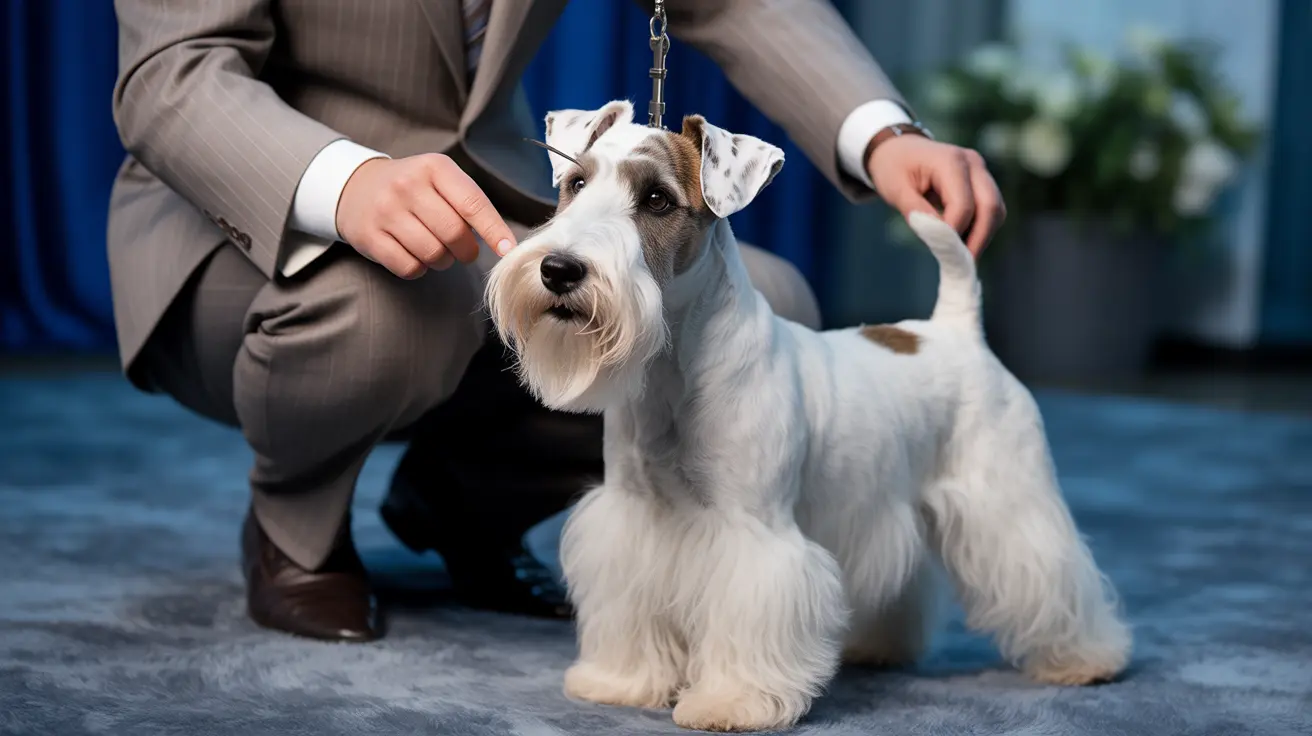When a pregnant dog experiences difficulty during labor, one of the most concerning complications is stalled labor, also known as uterine inertia. This potentially serious condition occurs when the mother's uterus fails to contract properly during whelping (birthing), putting both the mother and her puppies at risk.
Understanding the signs, causes, and treatment options for stalled labor in dogs is crucial for breeders and pet owners alike. Early recognition and proper medical intervention can make the difference between a successful delivery and a life-threatening emergency.
Understanding Uterine Inertia and Stalled Labor
Uterine inertia occurs in two main forms: primary and secondary. Primary uterine inertia happens when the uterus fails to begin contracting at the start of labor. Secondary uterine inertia develops when initially normal contractions weaken or stop entirely during the birthing process.
This condition can affect dogs of any breed, though certain factors such as age, obesity, and breed size may increase the risk. Large-breed dogs and those carrying oversized puppies are particularly susceptible to experiencing stalled labor.
Common Causes and Risk Factors
Several factors can contribute to stalled labor in dogs:
- Hormonal imbalances affecting uterine contractions
- Calcium deficiency during labor
- Physical exhaustion during prolonged labor
- Obesity and poor physical conditioning
- Large litter sizes or oversized puppies
- Age-related complications
- Stress and anxiety during labor
Recognizing the Signs of Stalled Labor
Early detection of stalled labor is crucial for successful intervention. Key warning signs include:
- Strong contractions that suddenly stop
- Visible green or black discharge without puppy delivery
- More than 2-4 hours between delivering puppies
- Signs of distress in the mother
- Failure to begin active labor despite temperature drop
- Weak or ineffective pushing
Treatment Options and Medical Intervention
Treatment for stalled labor depends on the underlying cause and severity of the condition. Veterinarians may employ several approaches:
Medical Management
- Administration of calcium supplements
- Oxytocin injections to stimulate contractions
- Fluid therapy to prevent dehydration
- Glucose supplementation for energy
Surgical Intervention
In cases where medical management proves ineffective, or when puppies show signs of distress, an emergency cesarean section may be necessary. This is often the safest option when:
- Medical treatment fails to restart labor
- There are signs of fetal distress
- An obstruction is preventing normal delivery
- The mother shows signs of exhaustion or illness
Prevention and Management
While not all cases of stalled labor can be prevented, certain measures can help reduce the risk:
- Maintaining proper nutrition during pregnancy
- Regular veterinary check-ups throughout gestation
- Appropriate exercise during pregnancy
- Stress reduction during labor
- Proper whelping environment preparation
- Regular monitoring during labor
Frequently Asked Questions
What are the common causes of stalled labor (uterine inertia) in dogs during whelping?
Common causes include hormonal imbalances, calcium deficiency, physical exhaustion, obesity, oversized puppies, and stress. These factors can prevent the uterus from contracting effectively during labor.
How can I recognize the signs of uterine inertia in my dog when she is in labor?
Key signs include cessation of strong contractions, prolonged intervals between puppy deliveries (more than 2-4 hours), green or black discharge without puppy delivery, and visible distress or exhaustion in the mother.
What treatments are available to help a dog experiencing stalled labor due to uterine inertia?
Treatments include calcium supplementation, oxytocin administration to stimulate contractions, fluid therapy, and in severe cases, emergency cesarean section.
When is a cesarean section necessary for a dog with stalled labor caused by uterine inertia?
A C-section becomes necessary when medical treatments fail to restart labor, when there are signs of fetal distress, when there's an obstruction, or when the mother shows severe exhaustion or illness.
How can I best care for and manage my dog before, during, and after labor to prevent or address uterine inertia?
Provide proper nutrition during pregnancy, ensure regular veterinary check-ups, maintain appropriate exercise, create a calm whelping environment, and monitor labor progress closely. After delivery, follow veterinary recommendations for post-partum care.






